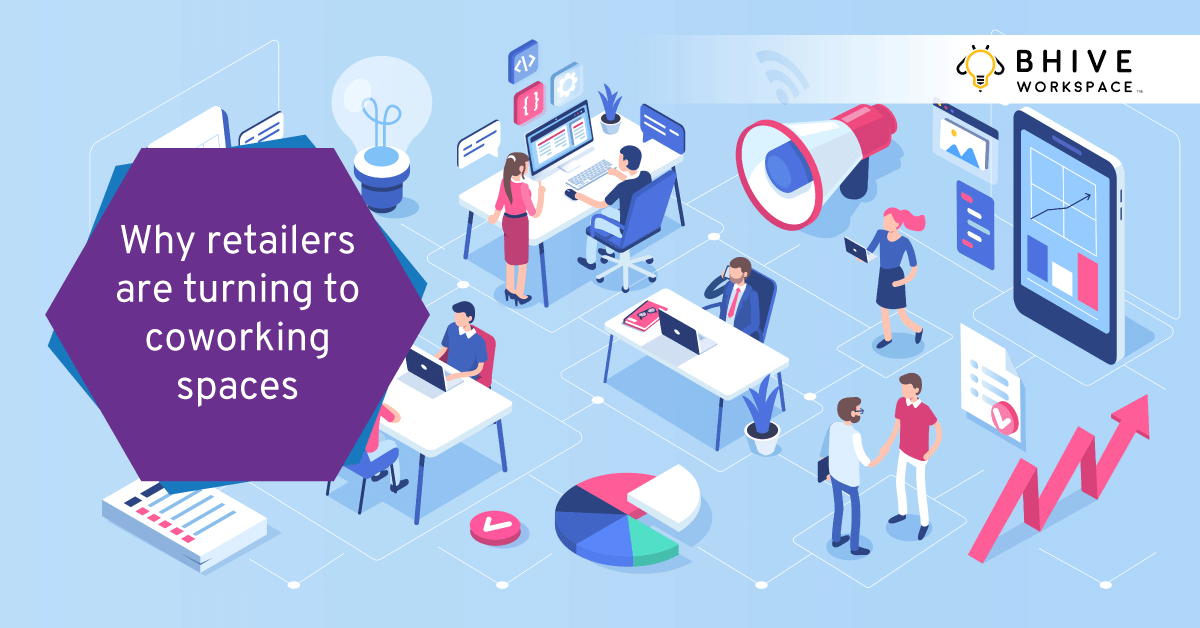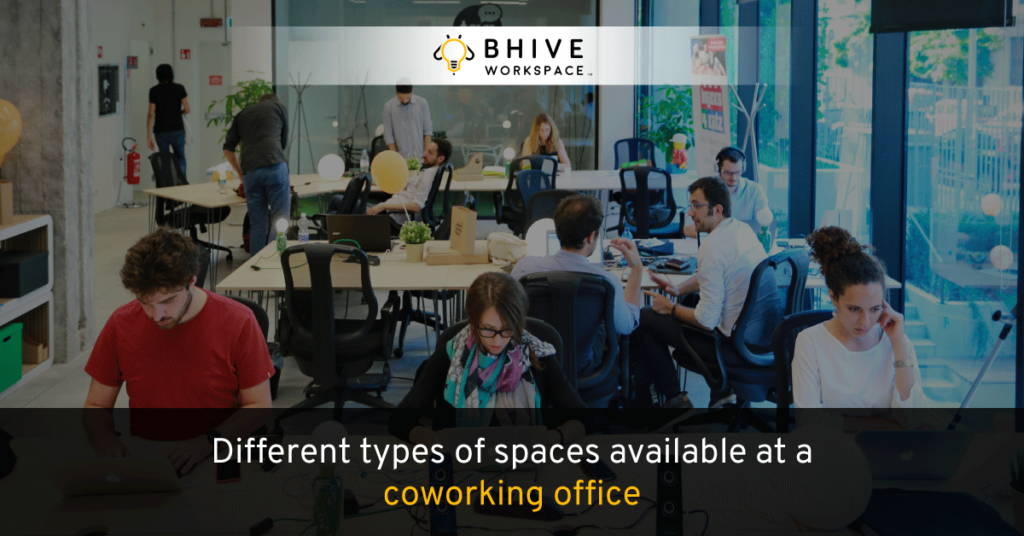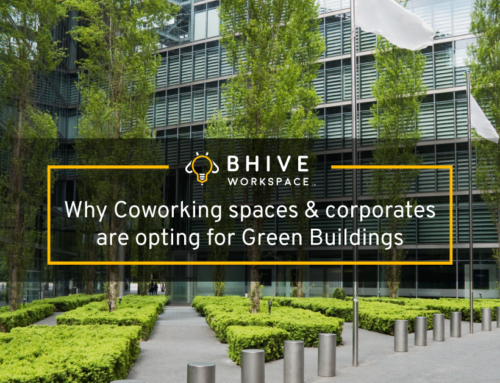Increasing Popularity of Coworking Spaces With Retailers

Increasing Popularity of Coworking Spaces With Retailers! BHIVE Workspace
Retailers leveraging vacant spaces by developing them as coworking spaces are set to reap the rewards of an increased footfall, an assured presence of those coming into work and the potential for revenue.
‘Retail as a service’ is an idea gaining traction with shared-space retail offering pay-per-minute seating in a contemporary ambience that promotes face-to-face interactions and revitalizes the scope for adding retail tenants.
In the last decade and a half, traditional leased office spaces in mature markets have been seeing a new phenomenon gaining ground, co-working spaces.
In India, this concept has caught on in the last couple of years and according to a 2017 CII report, it is the future of business realty.
Research by the leading property consultancy JLL indicates that co-working spaces have trebled to 3.44 million sq. ft. between 2017 and 2018.
Simultaneously, retailers have seen dwindling footfalls and fortunes as vast numbers of street fronts lost their sheen and stores have shut down in malls, leaving around 5 million sq. ft. vacant in 2017 alone.
Left holding costly built-up spaces, the co-working revolution is offering succour to big retail.
How Co-Working Spaces and Retailers Converge
The unique benefit of co-working spaces is that they are designed for plug-and-play ease of moving in, such as a prestigious address, contemporary interiors, and full-fledged amenities.
With the upsurge in the number of start-ups, freelance working, and other entrepreneurial ventures embracing this concept, retailers are increasingly tapping into its potential.
Since retailers typically have a presence in prime locations where most inhabitants have more-than-moderate purchasing power, developing vacant spaces into co-working spaces allows them to be populated during working hours with captive foot traffic.
It also brings in click-happy online shoppers, especially millennials, back to brick-and-mortar, redeeming its existence and augmenting its revenues.
Drawing on the strengths and scale of the co-working concept itself, this recent foray of the retail sector into co-working spaces is both parallel to and independent of the original.
Coworking spaces, as conceived originally, address the need for office space designed specifically to meet its requirements, and not simply as a means to monetise existing, but an unproductive, built-up area.
More significantly, the elasticity in terms of the number of personnel to be accommodated in co-working spaces is a prime attraction for enterprises.
This is also the primary focus of co-working operators while developing co-working spaces, as well as in the flexible terms that they offer. Their “pay-per-seat” flexibility is a distinct advantage to small and large entities over fixed-term lease or investments in constructing shared desk or private office space. In this sense, their commonality with retailers goes little beyond the generic use of the term “space”, given that both have a very different nature of asset and consequent impact on their offerings.
Thus, both co-working spaces developed for the purpose, and retailers seeking to reuse excess spaces as co-working spaces, coexist on the same basic premise of shared spaces. The convergence between the two forms at the point where flexible space for office use meets varying user needs, creating scalable opportunities for each in a flourishing ecosystem.
Symbiosis of Malls and Coworking Spaces
Malls in major cities have been seeing a slow decline in footfalls (especially on weekdays) owing to the increasing traffic and increase in recreational options. This, in turn, is adversely affecting retail stores within malls and leading to their ultimate closure.
Coworking spaces seem to be a saviour in this aspect. Malls have begun leasing spaces to coworking owners who use it to set up coworking offices. This brings in a big population of office goers to the mall, automatically giving retail stores an audience.
Malls in any city are located where transit connections are good, giving coworking offices the benefit of connectivity. Employees working at these spaces find it easier to commute and pick up groceries or run chores. This is since most provisions are available at the place they work: the mall. Coworking in malls is quickly becoming a trend in India with shopping malls in Bangalore, Delhi, and another tier 1 city adopting this norm.
Retailing Re-Imagined
Even as existing retailers make room for co-working spaces, the idea of shared-space retail is gaining momentum.
It is modelled along the lines of the essentially pay-per-seat concept of co-working spaces with retailers sharing tenancy. In some cases, the street front continues to bear the original name, but within its walls, other retailers share it as a co-working space. Retailers get the benefits of owning a store: a unique identity, parking space, 24×7 access, etc., at a small and flexible cost.
Taking forward the concept of bringing together talents and mindsets beyond the boundaries of traditional office working, retailers in co-working spaces add lifestyle and culture to the tenant mix. This is with, say, a coffee outlet, bookstore, gym, lifestyle or household products to name a few.
Towards a Shared Future with the rising popularity of coworking spaces
We’re encouraging face-to-face, human interaction by creating fresh appeal for the brick-and-mortar retail space in the neighborhood. The symbiotic blend of retailing and coworking spaces bring in a welcome initiative in community building. That was our take on increasing popularity of coworking spaces. Let us know if there’s something you’ll like to add.





![Challenges Faced by Coworking Spaces [& How to Address Them]](https://bhiveworkspace.com/wp-content/uploads/2019/08/BHIVE_Blog_Banner-500x383.png)